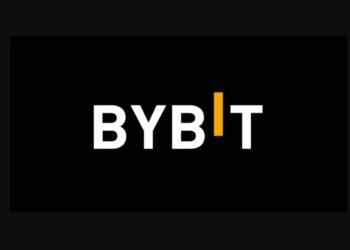Dogecoin (DOGE), the cryptocurrency that started as a joke, has become a significant player in the crypto market. Despite its popularity and strong community support, DOGE has faced challenges in achieving a substantial price increase. This article delves into the factors preventing Dogecoin from gaining by 33% and explores its future prospects.
Market Sentiment and Social Media Influence
Dogecoin’s price is heavily influenced by market sentiment and social media activity. The coin has seen significant price swings driven by tweets from influential figures like Elon Musk. While these endorsements can lead to short-term gains, they also contribute to volatility. Investors often react quickly to social media posts, causing rapid price fluctuations that can hinder sustained growth.

The community’s enthusiasm plays a crucial role in Dogecoin’s market performance. However, reliance on social media hype can be a double-edged sword. Positive news can drive prices up, but negative sentiment or lack of updates can lead to sharp declines. This volatility makes it challenging for Dogecoin to achieve a stable and sustained 33% gain.
Despite these challenges, Dogecoin’s active community continues to support the coin through various initiatives and campaigns. This grassroots support is a unique strength, but it also means that Dogecoin’s price is more susceptible to external influences compared to other cryptocurrencies.
Technological Developments and Adoption
Technological advancements and adoption rates are critical factors in Dogecoin’s price movement. Unlike Bitcoin and Ethereum, Dogecoin has not seen significant technological upgrades in recent years. This lack of development can deter potential investors looking for innovative and scalable solutions.
Adoption by merchants and businesses is another area where Dogecoin lags behind. While some companies accept DOGE as a payment method, it is not as widely adopted as other major cryptocurrencies. Increased adoption could drive demand and contribute to a price increase, but achieving this requires concerted efforts from the community and developers.
The introduction of new features or improvements to Dogecoin’s blockchain could attract more users and investors. However, without a clear roadmap or significant technological advancements, Dogecoin may struggle to compete with more technologically advanced cryptocurrencies.
Market Competition and Regulatory Environment
The cryptocurrency market is highly competitive, with numerous coins vying for attention and investment. Dogecoin faces stiff competition from both established cryptocurrencies like Bitcoin and Ethereum and newer, innovative projects. This competition can limit Dogecoin’s market share and impact its price growth.
Regulatory developments also play a significant role in Dogecoin’s price trajectory. Governments and regulatory bodies worldwide are increasingly scrutinizing cryptocurrencies, and any adverse regulations could negatively affect Dogecoin’s price. Conversely, favorable regulations could provide a boost, but the uncertainty in the regulatory environment adds to the challenges.
Dogecoin’s unique position as a meme coin can be both an advantage and a disadvantage. While it has a strong brand and community, it may not be taken as seriously as other cryptocurrencies by institutional investors. This perception can limit its growth potential and make it harder to achieve a 33% gain.









